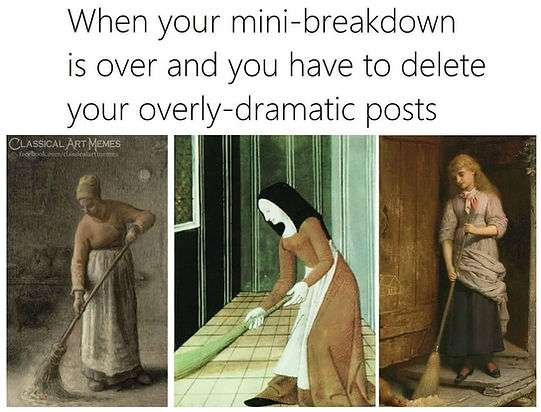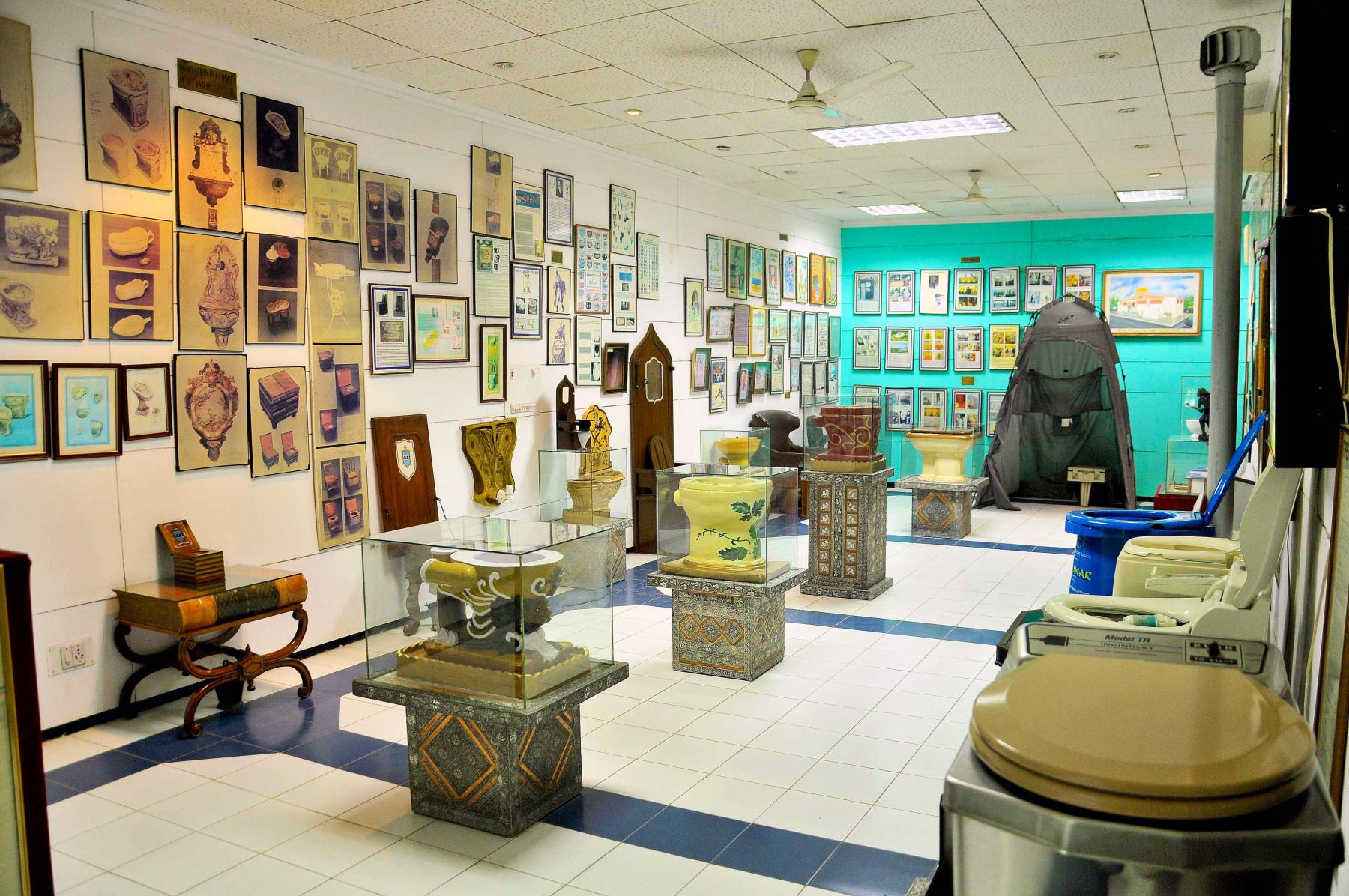Whatever you might say about 2020 so far, the memes have never been better. Doesn’t matter if you are a lurker or an influencer, if you spent the last 2 decades online you have been Rickrolled, dabbled in cryptocurrency, tried (not?) downloading a car, looked at a thousand photos of animals and babies falling over, read nonsensical haikus and copypastas, and have personally witnessed Pepe the Frog’s rise and downfall. Chances are you just scrolled past a meme before you started reading this. From the Ice bucket challenge, planking, nyan cats, to the Illuminati, Harambe, and Tide pods, you’ve seen it all! If these names bring back locked memories, don’t be surprised: wish someone had told us the half-life of memes is 3 months, max.

It is cringey when someone tries explaining memes or “youth culture” in extension as it is. Apart from casual discussions, most attempts to examine memes emerge in order to determine the reasons for their popularity and enquire their seemingly “permanent” position with regards to internet phenomena. What is agreed upon is that memes operate within subcultures and are based upon common experiences which the viewer is assumed to relate to or at least have a basic understanding of. Either as a standalone segment or as a reaction image to ongoing conversations, memes are easier to make than ever: basic photo editing, superimposed text, some self-taught knowledge about the subject at hand, and you’re good to go! Memes follow the pattern of using a template with changed information, and maybe that’s what easily makes them a fixture in social media.

Any discussion on the modern day phenomenon of memes is incomplete without the mention of the first scientist who came up with it in the context of genes. The internet has certainly evolved Richard Dawkins’ coinage within evolutionary biology to reimagine contemporary memes as a cultural unit. Tapering our focus, art memes have been a hoot since the early 2000s! Coalescing images of paintings right through the Classical, Renaissance, and Enlightenment eras with hilarious captions superimposed, they are yet another instance of the internet’s hive mind having a laughing fit over non-contextual humor. It isn’t shocking that classical art memes had their genesis in image boards of 4chan of all places, in 2004. The first art memes were made manipulating images from the Bayeux tapestry from the 11th century. Initially known as Medieval Tapestry Edits, these memes were created using Flash to create custom images with stylized text written in Early Modern English. Similar memes came into existence when Reddit users created macros from the illustrated Morgan Bible last year. The absurdist humor took root, and soon these memes gave way to other morphs and customizations on wiki pages including one called Medieval Ruined Childhoods, for reaction images and templates.
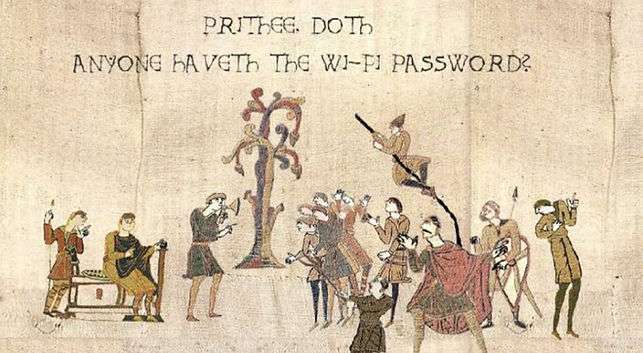
The next decade saw the rise in the popularity of memes of historically significant artworks like da Vinci’s Mona Lisa and The Last Supper, Michelangelo’s The Creation of Adam, Goya’s Saturn Devouring his Son, and Magritte’s The Lovers among many others. These memes in particular banked on the initial paintings being instantly recognizable and the multitudes in possibilities to make relatable macros. Worth1000.com also organized contests to photoshop celebrity faces on historical portraits and paintings. Theoretical concepts within art, like the golden ratio, also has been a popular meme trajectory leading to Accidental Renaissance memes which are usually modern day non-contextual photos with the golden ratio grid superimposed in reference to the well-composed Renaissance strategizing.

Tracing the origins of a particular meme, especially a niche one, is quite a difficult task as one could get inundated with similar reposts and a sea of inactive usernames and handles, but the Accidental Renaissance memes could be traced down to a viral image from Manzil Lajura who had complied some photos from a television Ukranian parliament meeting turned awry, and posted them on Facebook making the golden ratio comparison in August 2014. The Guardian also got roped into meme history when they captioned the image “Accidental Renaissance” while reporting on it, and gave us the popular catchphrase. The photo quickly became viral, thanks to Mashable, Twitter, and Buzzfeed. Within a week of the initial Facebook post, a new subreddit titled r/AccidentalRenaissance was created with more than 700,000 subscribers as of now.
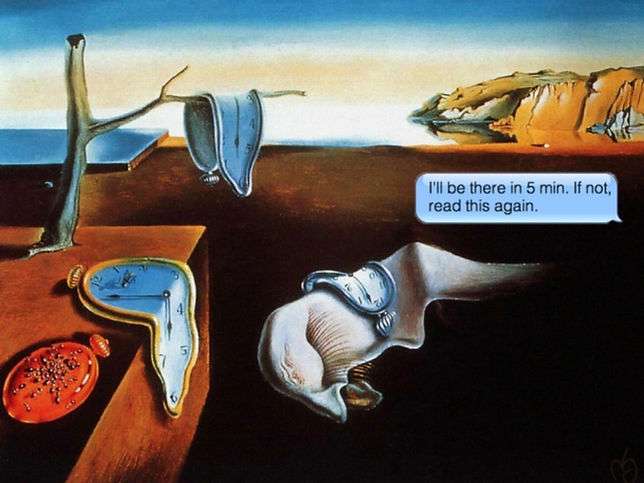
Memes owe much to social media sites like Twitter, Reddit, and 4chan which are the forerunners for starting off trends. A lot of classic art memes had their genesis in these sites where the returning user participation is further increased when in-jokes and internet-specific lores are around enough to attract new users into the bandwagon. Joseph Ducreux’s Self-portrait of the Artist in the Guise of a Mockingbird was famously appropriated by the users of 4chan to make shareable images of the painting by superimposing rap lyrics onto it. Another popular variation was to change the rap lyrics into archaic English so as to poke fun at the juxtaposition of conversational and usually inappropriate hip hop humor with the 18th century setting of the painting. The unconventional expressions and posture of the subject of the painting definitely contribute to the humor factor, considering the dissonance between 18th and 21st centuries. These memes had an added gratification component since the viewer has to decode the outdated English and filter it through rap. One of the bigger collections of classic art memes, r/trippingthoughtime was created in 2013 which has a whopping 3.9 million subscribers as of now.
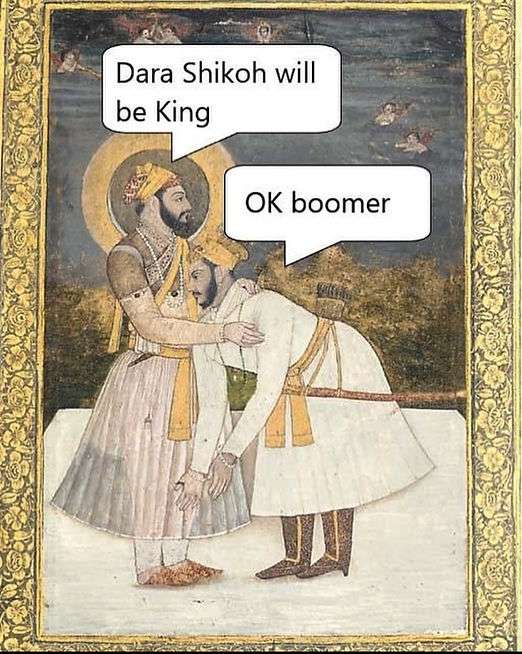
More locally, the boom in Indian art meme pages online shows us that it’s not just the Anglophone world having all the fun! Bearing the grit and the zing of our colloquialisms, memes in Indian languages as well as in English continue to demonstrate their active role in directing satire and absurdist humor at society at large while tinkering with perceived stereotypes and norms common to India (and sometimes extending to the Indian subcontinent as well!). Pages like Mad Mughal Memes and Indian Classical Art Memes fall back upon well known Indian artists and regional styles for the visual component of the memes. Mughal miniatures are standard for Mad Mughal Memes, but the admins and users often fall back upon miniatures from other regions and eras. Raja Ravi Verma’s paintings are also popular backdrops to such memes for their ubiquitous presence in the Indian psyche. Reclaiming and playing into the very stereotypes they are poking fun at, these memes also champion social causes while commenting on current news and controversies. Even if the people enjoying and sharing these memes may not know of a particular artist’s idiosyncrasies and are unfamiliar with specific schools and movements within Indian art history, they surely would be able to differentiate between the memes without backup knowledge owing to the involuntary recognition of the strikingly different stylistics at work grouped together as the theme of the clique.

Before the Classical Art Memes’ official Facebook page was set up in 2014, various subreddits and Twitter handles had niche memes with their own corresponding themes, but all that changed when “Classical” became a catch-all term for paintings ranging from the Medieval era to the Renaissance, the Baroque, the Neoclassicist, the Romanticist, and so on. This certainly appeals to the person not fluent in art history just looking for a laugh online. In extension, these memes also become a way of making art accessible, which is also important to balance schadenfreude and relatability when one looks at these memes in particular. Contrasted against the reverence usually reserved for these famous works of art, these memes feed into our child-like side where they earn a chuckle from the fictional dialogue or internal monologue within the frame of the meme.

Combining elements across pop culture ranging from music, movies, and current affairs, these memes also present a time capsule of sorts. That might come off as disingenuous since the backdrop is usually that of an old painting (sometimes just a cropped part of the painting!), but that only seems to enhance their popularity: the exaggerated dramatic effect of the memes are precisely put into action because of their transcendence of the initial moment of conception as a serious work of art. More importantly, art memes seemingly close the distance between the depicted world and the viewer. The captions and catchphrases work cumulatively along with the painting to convey much with as few words as possible, undermining the assumed prententions and conventions. Of course, Casper David Friedrich didn’t intend the Wanderer above the Sea of Fog to be despairing over his broken Snapchat streak, but it is funny if it’s thought that way, isn’t it?

As even memes are getting weaponized through propaganda by political parties all over the world, they have become a veritable resource for marketing and viewer engagement. A lot of art galleries and museums have taken to their social media accounts for sharing, reposting, and even creating memes of their own. People would spot famous artworks in memes earlier, is it too much to expect that consuming memes will also compel them to visit galleries? Be that as it may, one thing is for sure: We really have come a full circle.
While we have you here, check out our rundown on anonymous artists here!
